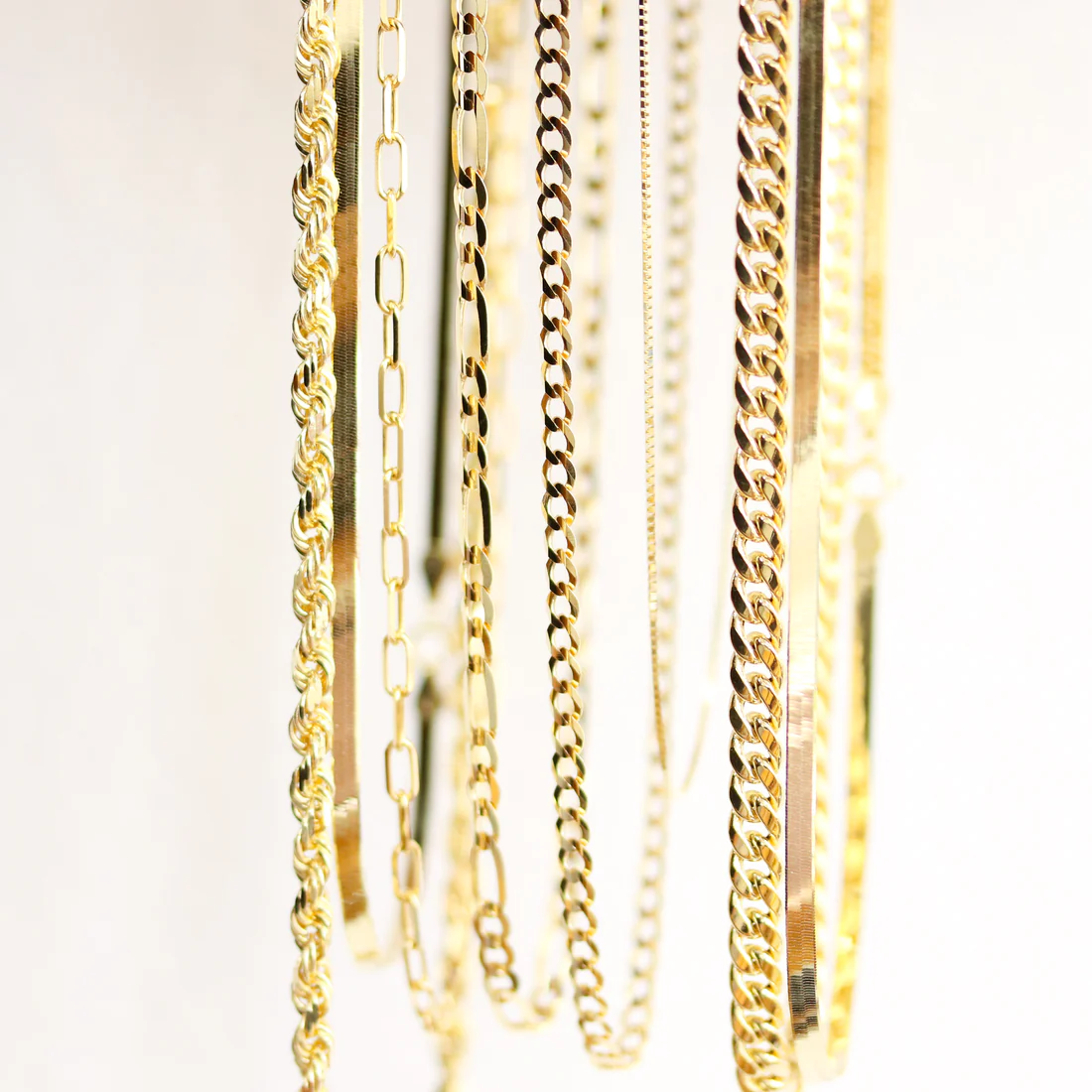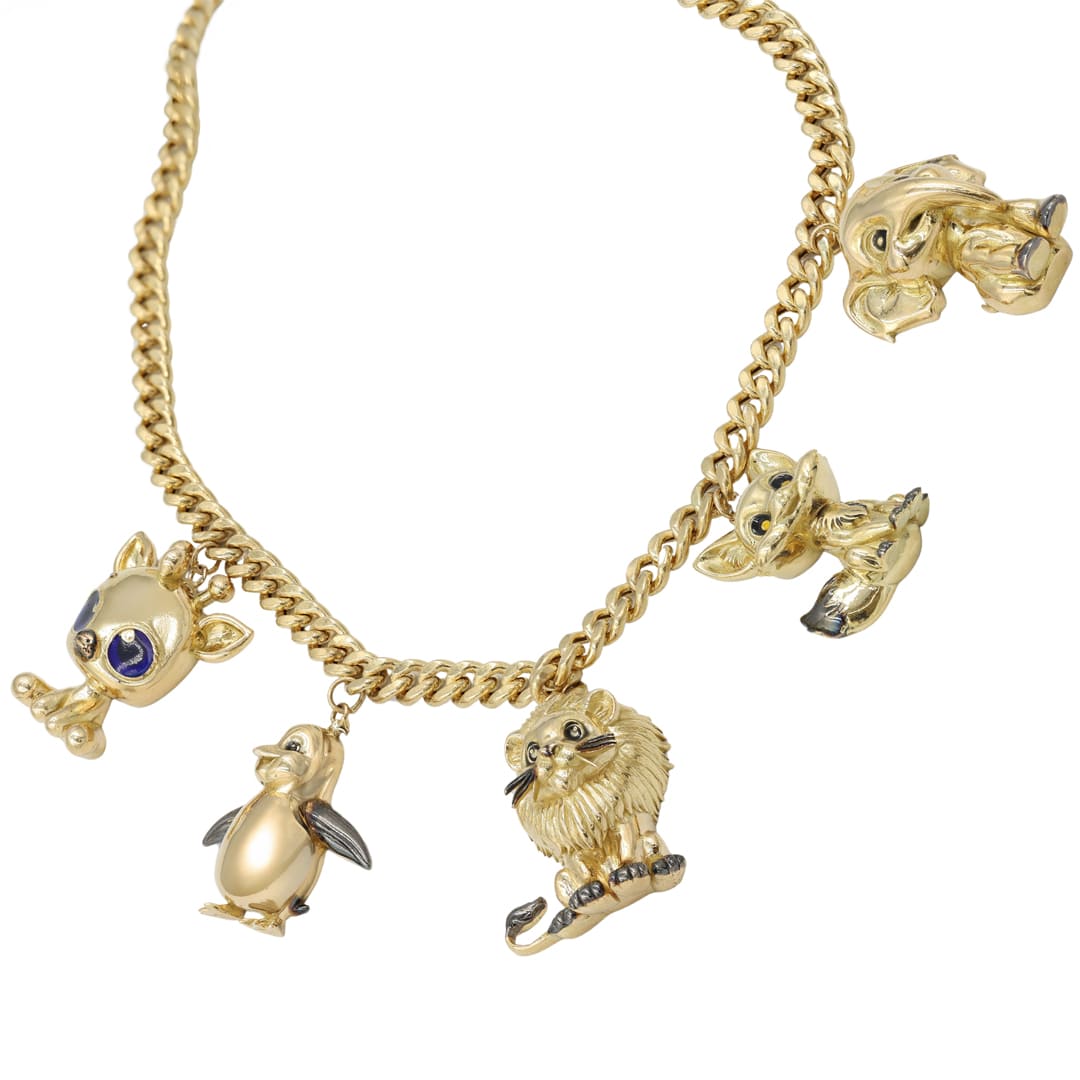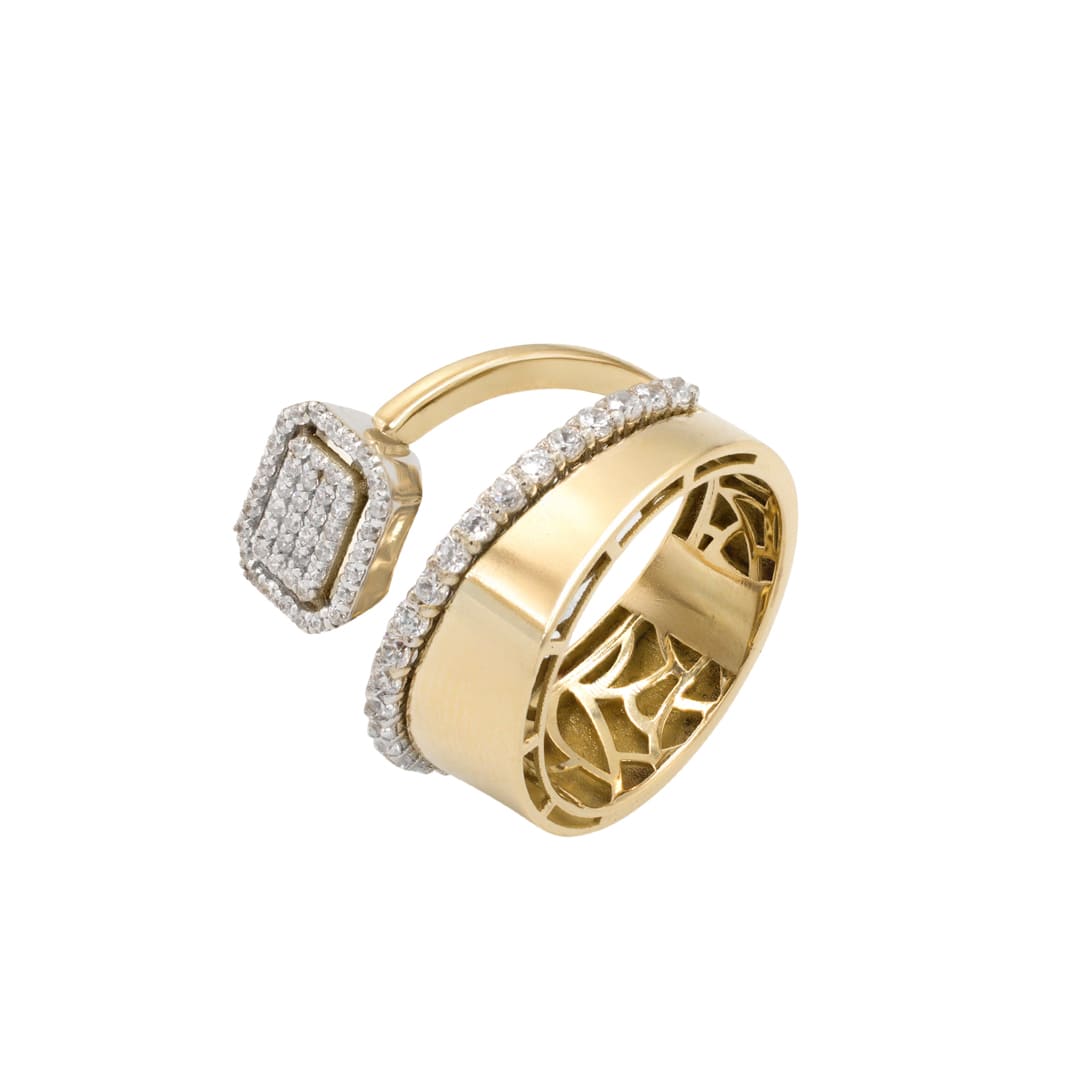
Unveiling the Mystery: How to Tell If Your Gold is Real or Fake
Gold has captivated humanity for centuries, with its allure dating back to ancient civilizations. Whether it’s in the form of jewelry, coins, or bars, the value of gold remains high, making it a target for counterfeiters. As a result, it’s crucial for both seasoned investors and everyday consumers to be able to distinguish between real gold and clever imitations. In this article, we’ll explore some reliable methods to help you determine whether that glimmering piece in your possession is genuine or a deceptive fake.
- Check for Hallmarks and Stamps:
One of the first things to examine when assessing the authenticity of gold is the presence of hallmarks and stamps. Authentic gold items are typically marked with certain symbols indicating the purity and origin of the metal. For instance, a “750” stamp denotes 18-karat gold, while “585” represents 14-karat gold. Be sure to research and familiarize yourself with these markings to make an informed assessment.
- Magnet Test:
Gold is not magnetic, so a simple magnet test can help you identify fake gold. If the piece is attracted to the magnet, it’s likely not real gold. Keep in mind that this method is not foolproof, as some fake gold items may be made with non-magnetic materials, but it can be a quick initial check.
- Density Test:
Gold is a dense metal, and this characteristic can be used to distinguish it from other materials. While this method requires precision, it can provide valuable insights into the authenticity of your gold. If you have a precise scale and are aware of the item’s dimensions, you can calculate its density. Real gold will have a specific density within a certain range, and deviations from this range may indicate a fake.
- Nitric Acid Test:
The nitric acid test is a reliable way to determine the purity of gold. Genuine gold does not react to nitric acid, so you can apply a small drop to a discreet part of the item and observe the reaction. If the gold changes color or shows signs of corrosion, it may not be authentic. Exercise caution when using this test, as nitric acid is corrosive and should be handled with care.
- Professional Appraisal:
When in doubt, seek the expertise of a professional appraiser or jeweler. These individuals have the knowledge and equipment to accurately assess the authenticity and value of your gold items. While this may come with a cost, it provides peace of mind and ensures accurate information about your precious metal.
As the saying goes, “All that glitters is not gold.” With the increasing prevalence of counterfeit items in the market, it’s essential to be vigilant when acquiring gold. By employing a combination of visual inspection, basic tests, and seeking professional advice, you can confidently determine whether your gold is the real deal or an elaborate imitation.







Add comment